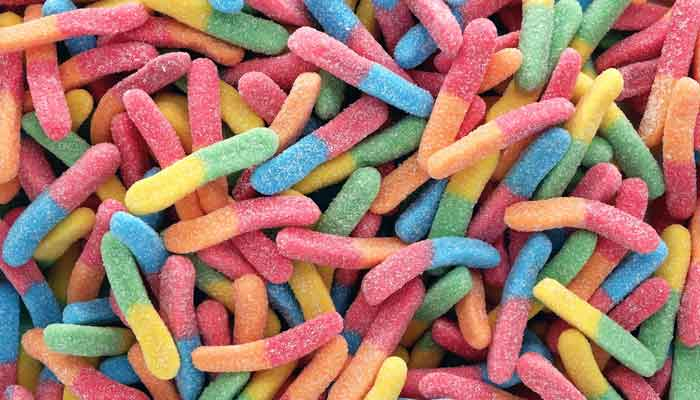Introduction
Artificial food colors have long been a staple in the processed food industry. However, a growing number of US manufacturers are phasing them out in favor of natural alternatives. This shift is driven by a combination of health concerns, regulatory pressure, and changing consumer preferences. In this blog, we explore the top 7 reasons behind this industry-wide transition.

1. Health Concerns and Consumer Awareness
One of the biggest drivers of this shift is increased awareness about the potential health risks linked to synthetic dyes such as Red 40 and Yellow 5. Studies have connected certain artificial colors with hyperactivity in children and allergic reactions. As consumers become more informed, they demand safer ingredients in their food.
2. The Clean Label Movement
“Clean label” products—those with short, recognizable ingredient lists—are in high demand. Artificial food coloring doesn’t fit into this paradigm. Manufacturers seeking to meet clean label standards are removing synthetic dyes and replacing them with natural alternatives like beet juice, turmeric, and spirulina extract.
3. Regulatory Pressure and Global Standards
While the FDA still permits many artificial dyes, other countries have stricter regulations. The European Union, for example, requires warning labels on foods containing certain artificial colors. To streamline production and ensure global market access, many US companies are preemptively eliminating these dyes.
4. Natural Alternatives Are More Accessible
Thanks to advancements in food science, natural coloring options have improved in stability and cost-effectiveness. Ingredients like annatto, paprika extract, and purple sweet potato offer vibrant hues without the synthetic baggage, making it easier for companies to switch.
5. Rising Demand for Plant-Based and Organic Products
The boom in plant-based and organic products is another reason manufacturers are rethinking artificial colors. Natural and organic consumers typically avoid synthetic ingredients, and food producers catering to this demographic need to align with their values.
6. Social Media and Brand Image
Social media has amplified consumer voices, making it risky for brands to ignore ingredient transparency. Backlash over artificial ingredients can go viral, damaging brand credibility. Companies are proactively reformulating products to stay ahead of public scrutiny.
7. Competitive Advantage and Market Differentiation
Brands that remove artificial dyes can market their products as healthier and more natural, which is a powerful differentiator. Whether it’s a cereal box or a sports drink, “no artificial colors” is now a badge of honor that resonates with a broad range of consumers.

Conclusion
The movement away from artificial food colors is more than a trend—it’s a reflection of shifting cultural values around health, transparency, and sustainability. As consumers grow increasingly label-conscious, US food manufacturers are adapting quickly, not only to meet demand but to future-proof their brands. Expect to see more “naturally colored” labels on shelves as this transformation continues.
Looking for more on ingredient trends? Read The Rise of Clean Label Food Products.










